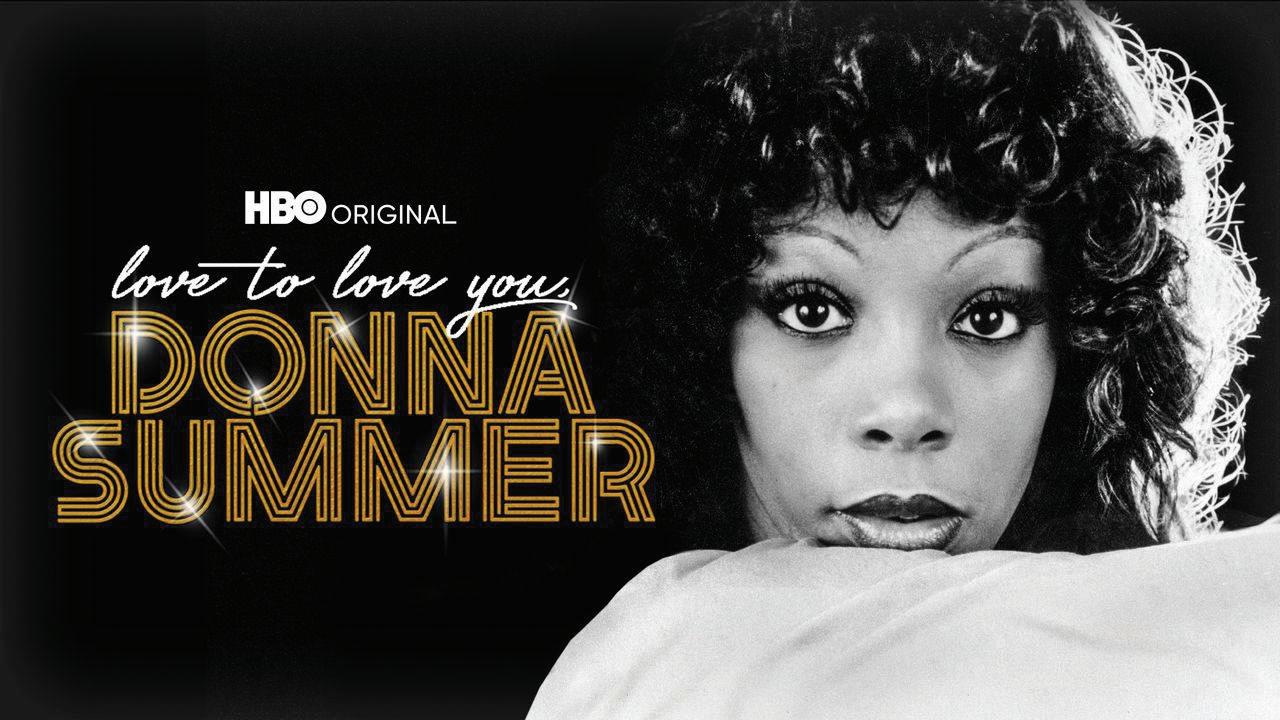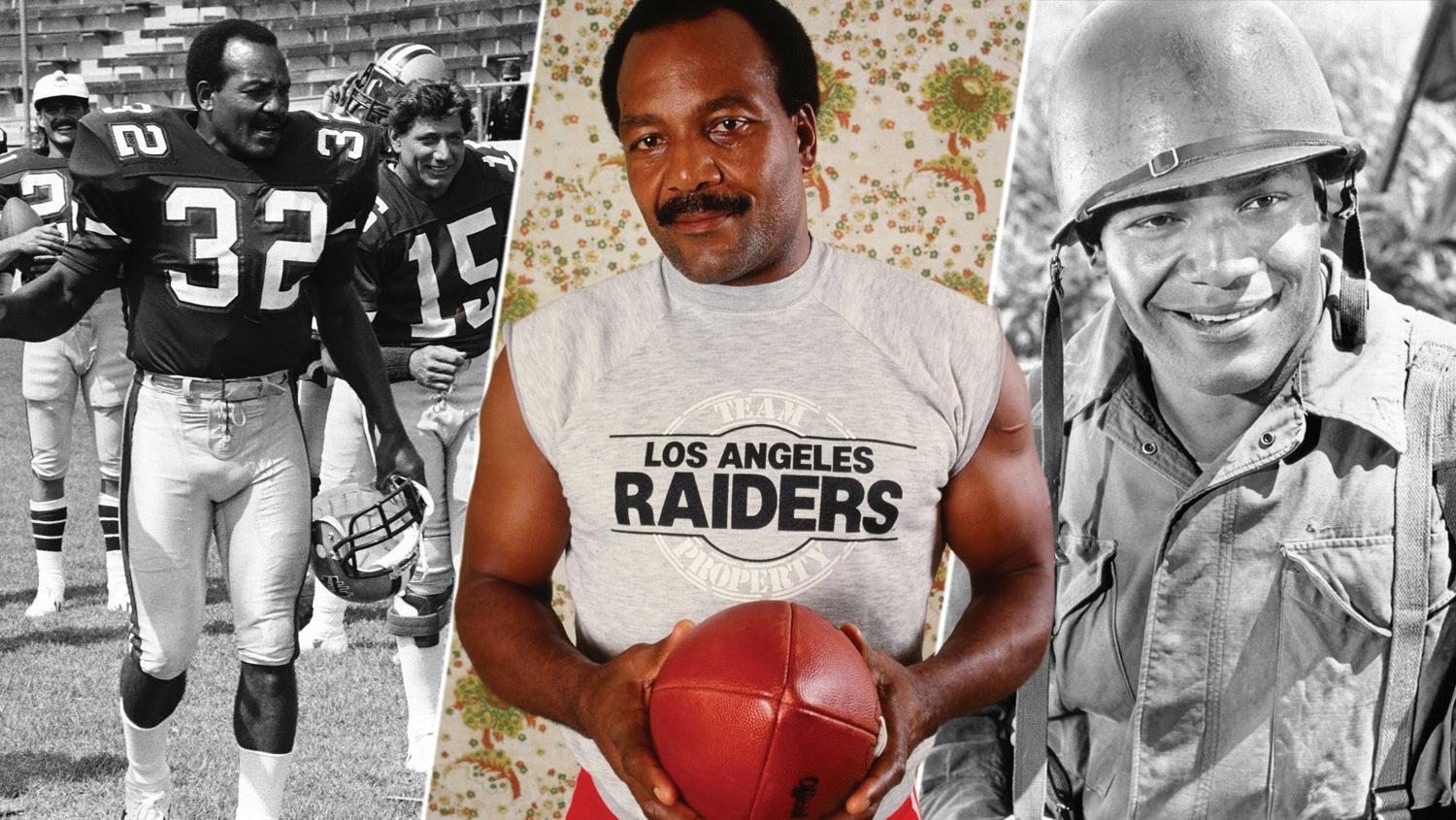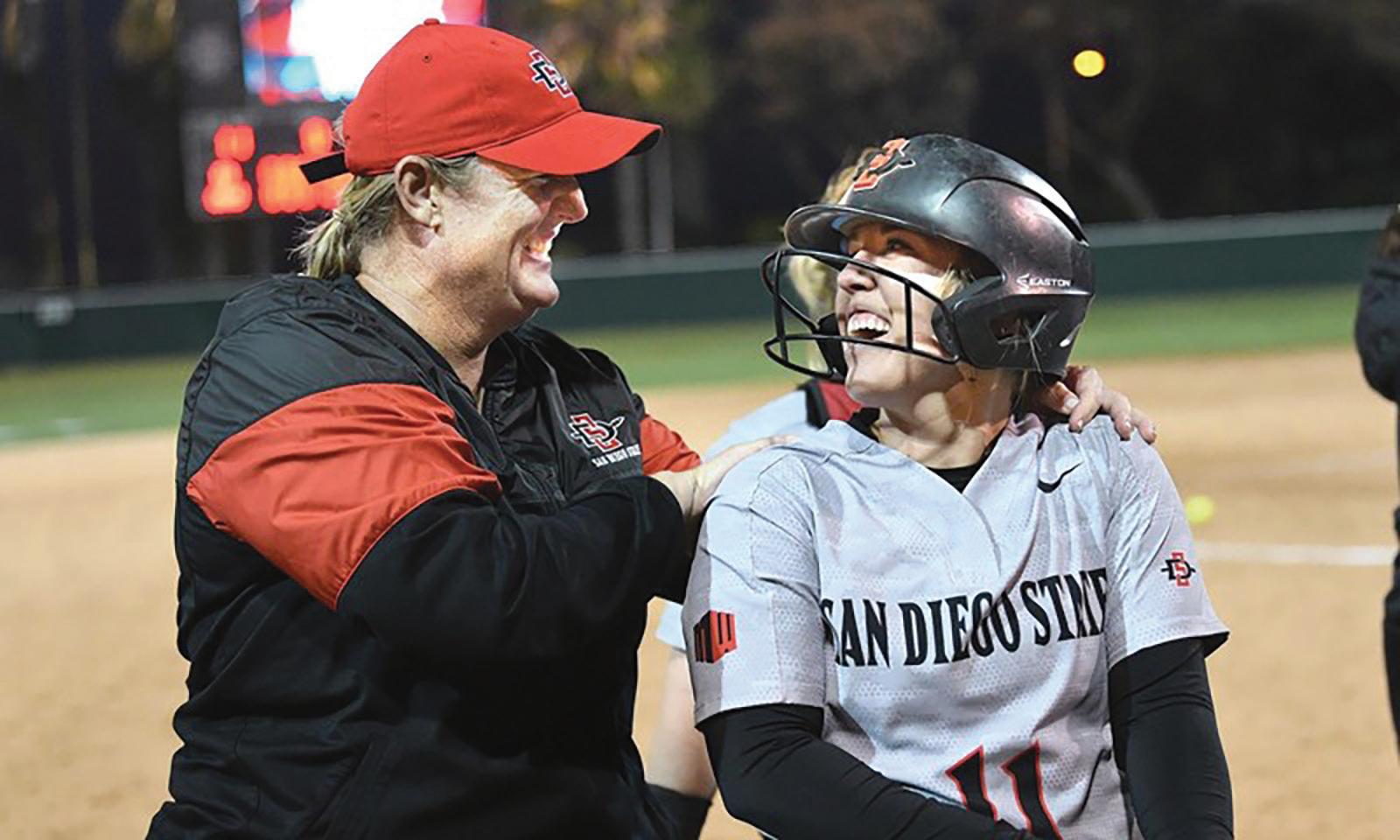
2 minute read
Adolescent Health:
Promoting Access to Services, Open Communication, and Supportive Environments
By Nomsa Khalfani, Ph.D.
Advertisement
It’s natural to want what’s best for your children and to witness the young people raised by or around you grow into healthy, thriving adults. But we all know from personal experience that adolescence can be a challenging time full of physical and emotional changes, peer pressure, and risky behavior.
As a parent and former social worker, I understand the importance of supporting youth during their challenging teenage years. I’ve seen and heard how difficult it can be to navigate this landscape, and today’s kids face even more obstacles than previous generations. From the rise of cyberbullying to the ongoing attack on sexual and reproductive rights, young people must deal with a range of issues that threaten their health and well-being— that’s where we step in.
Nomsa Khalfani, Ph.D., is Co-CEO of Essential Access Health, a non-profit organization that champions health equity and quality sexual and reproductive health care for all through a broad range of programs and services.
May is National Adolescent Health Month, an opportunity for adults to be advocates and allies, and acknowledge youth’s essential role in building our communities and shaping the future. It is critical that we, as parents and caregivers, prioritize their health by taking an active role in supporting them to make informed choices. Here are five ways we can provide the environment and support that young people need to achieve optimal health: Prioritize mental health
“Real lives are being lost. Real families are missing parents and grandparents,” Taylor declared.
“Babies and their mothers are dying. We have been screaming this message for decades.”
Clyde Yancy, an author of the study and chief of cardiology at Northwestern University’s Feinberg School of Medicine, told reporters that high death rates among Black people have less to do with their genes.
However, it has more to do with the country’s long history of discrimination, which has hurt generations of Black people’s chances of getting an education, a good place to live, and a good job.
Yancy said that Black areas redlined in the 1930s, meaning that mortgages and other investments were too “high risk” for them, are still poorer and sicker today.
Yancy remarked that there were also more COVID infections and deaths in ZIP codes that used to be redlined.
“It’s very clear that we have an uneven distribution of health,” Yancy said. “We’re talking about the freedom to be healthy.”
In 2021, non-Hispanic white Americans could expect to live to 76 years old, but non-Hispanic Black Americans could only hope to live to 71 years old.
A big reason for this difference is another study that showed that non-Hispanic Black babies are 2.5 times more likely to die before their first birthday than non-Hispanic white babies.
Non-Hispanic Black mothers are more than three times more likely to die from a pregnancy-related problem than non-Hispanic white moms.











